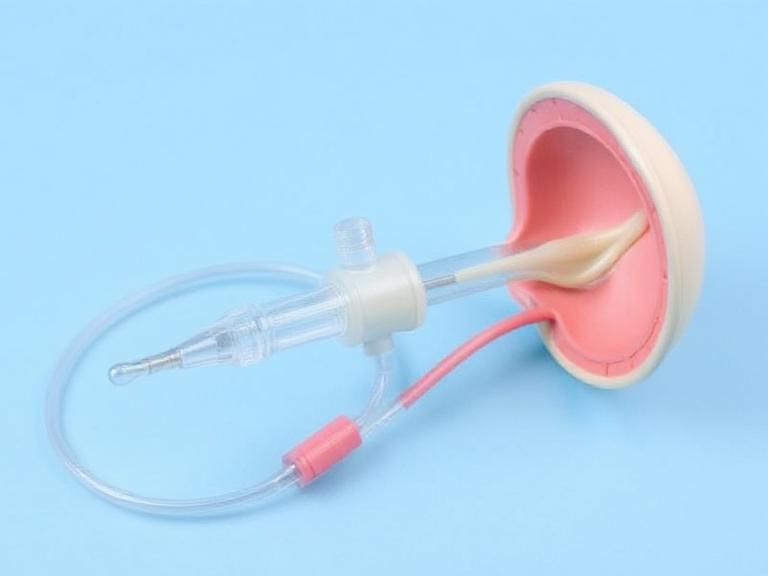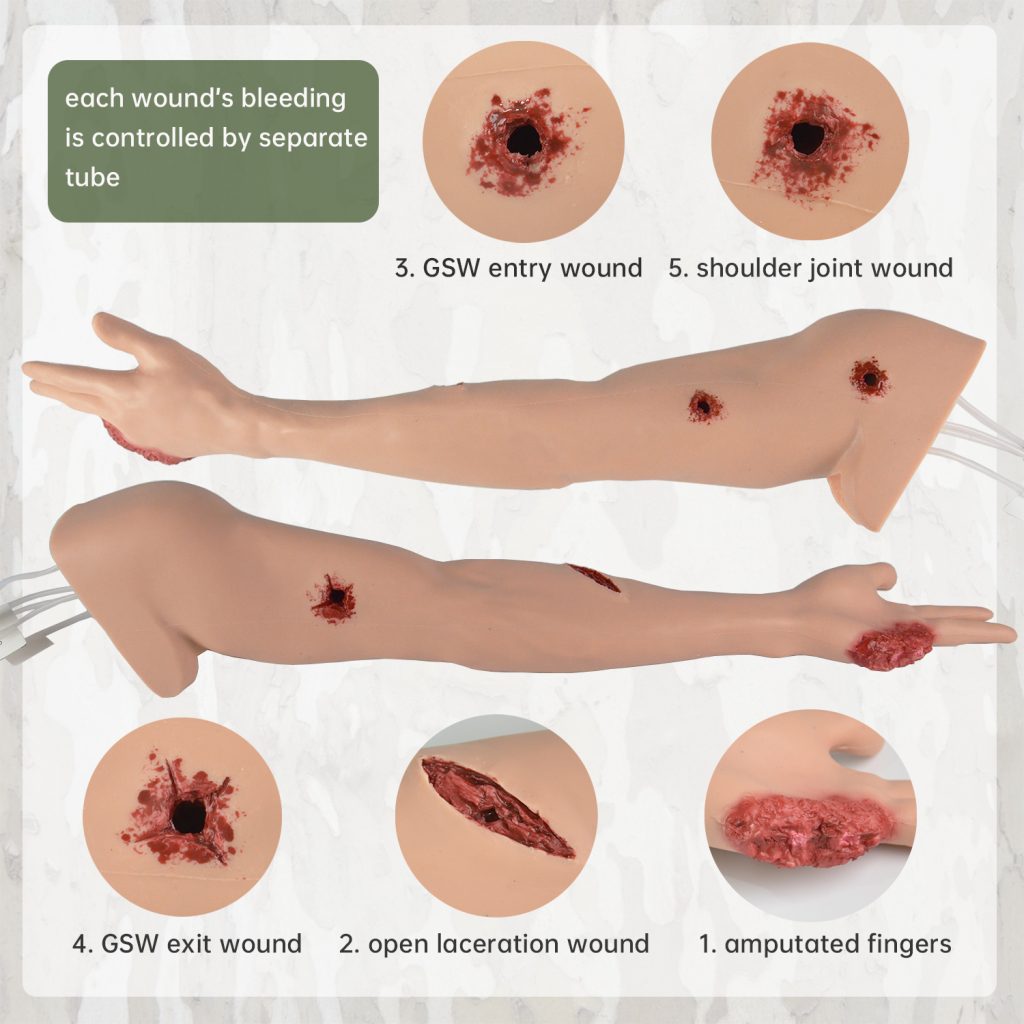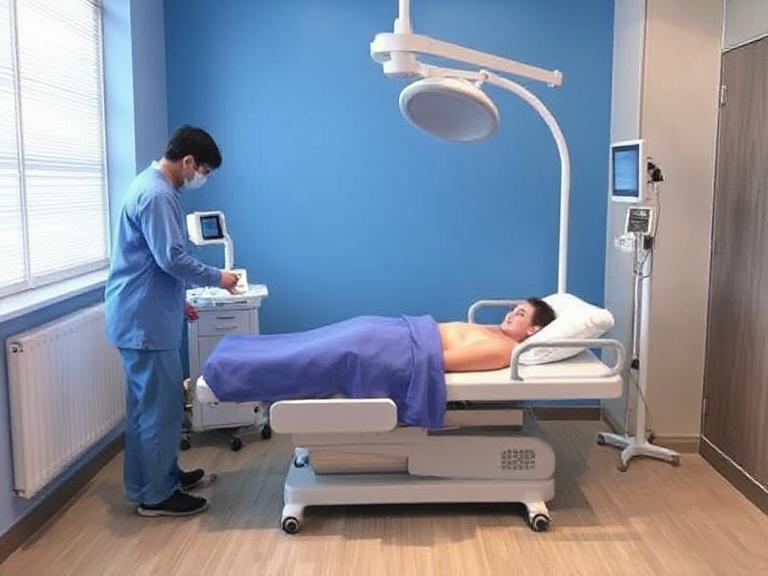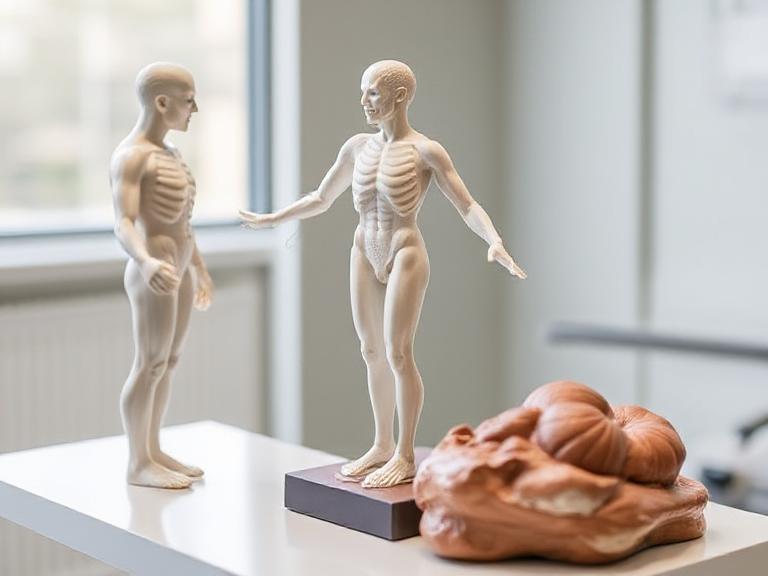Urethral catheterization is a fundamental clinical procedure used to drain urine from the bladder through a catheter inserted via the urethra. To perform this delicate procedure safely and accurately, healthcare professionals and students must undergo thorough hands-on training. This is where a urethral catheterization model plays a vital role.

In this in-depth guide, we will explore what a urethral catheterization model is, its applications in medical education, design features, materials used, benefits, and how Medtacedu leads the industry in producing high-quality medical simulation models for effective training and demonstration.
Table of Contents
- What is a Urethral Catheterization Model?
- Importance of Catheterization Training Models
- Design and Components of Urethral Catheterization Models
- Types of Urethral Catheterization Models
- Materials Used in Model Construction
- Benefits for Medical Training
- About Medtacedu
- Summary Table
- FAQs
- References
What is a Urethral Catheterization Model?
A urethral catheterization model is a realistic anatomical simulator designed to teach and practice the insertion of urinary catheters in both male and female patients. It replicates human anatomy — including the urethra, bladder, and external genitalia — allowing learners to experience the tactile feedback and procedural steps required for successful catheterization.
These models help medical students, nurses, and healthcare professionals acquire essential catheterization skills before performing on real patients, ensuring both safety and competence.
Core Functions:
- Simulate realistic catheter insertion and removal.
- Provide anatomical accuracy of the urinary tract.
- Allow repeated practice without patient discomfort.
- Facilitate demonstration of aseptic techniques.
Importance of Catheterization Training Models
In clinical settings, catheterization errors can lead to severe complications such as urinary tract infections, trauma, and discomfort. Therefore, proper training is critical — and using realistic models bridges the gap between theory and hands-on skill development.
Key Training Objectives:
- Understanding human urinary anatomy.
- Practicing sterile insertion and removal procedures.
- Learning to identify resistance or obstructions during insertion.
- Improving confidence and reducing anxiety in clinical environments.
Educational institutions and healthcare training centers rely on urethral catheterization models to provide a safe, repeatable, and cost-effective way to train students without exposing real patients to risk.
Design and Components of Urethral Catheterization Models
High-quality catheterization models mimic the anatomical structures of both male and female urinary systems. The design focuses on realism, durability, and ease of maintenance.
Typical Components Include:
- External Genitalia: Accurately shaped for gender-specific training.
- Urethral Canal: Flexible tubing replicating the feel and resistance of human tissue.
- Bladder Chamber: Connected to an internal fluid system for realistic feedback.
- Drainage Port: Allows fluid to exit, simulating urine flow when the catheter is correctly placed.
- Base Stand or Mount: Provides stability during practice.
Some advanced models include electronic feedback sensors that alert trainees when the catheter is inserted correctly or incorrectly, improving learning outcomes.
Types of Urethral Catheterization Models

Different models cater to varying educational needs and training levels. Medtacedu provides a comprehensive range of customizable options.
1. Male Catheterization Model
Features the male urethra and bladder anatomy, allowing learners to understand the unique anatomical challenges, such as passing the prostate.
2. Female Catheterization Model
Focuses on shorter urethral length and accurate representation of female anatomy, promoting correct positioning and insertion techniques.
3. Dual-Gender or Combo Models
Includes interchangeable genital components for training on both male and female anatomy using one system.
4. Advanced Feedback Models
Incorporate sensors or digital systems that signal correct catheter placement, enabling real-time assessment and documentation of performance.
Materials Used in Model Construction
The materials used directly impact the durability, realism, and safety of training models. Medtacedu uses premium-grade materials such as medical silicone and specialized plastics to achieve lifelike texture and resistance.
Common Materials Include:
- High-quality Silicone: Offers flexibility, smoothness, and realistic tissue feel.
- Medical-grade Plastics: Ensures durability and easy cleaning.
- Elastic Polymers: Simulate the natural elasticity of the urethra.
Each model undergoes precision molding and quality control to guarantee accurate anatomical replication and long-term usability.
Benefits for Medical Training
- Improved Clinical Confidence: Allows learners to practice safely before handling real patients.
- Enhanced Skill Retention: Repetitive practice reinforces correct procedural habits.
- Cost-Efficiency: Reduces dependency on clinical placements and cadaveric materials.
- Risk Reduction: Eliminates the risk of patient injury during the learning phase.
- Versatility: Supports instruction for nurses, medical students, and healthcare technicians alike.
As healthcare simulation evolves, realistic training tools like urethral catheterization models are becoming indispensable in modern medical education.
About Medtacedu
Medtacedu specializes in high-quality silicone and plastic models for tactical training, medical education, and science instruction. The company offers a wide range of innovative educational models — from standardized products to fully customized solutions — designed to meet the diverse needs of institutions and professionals worldwide.
What Our Products Can Do:
- Tactical Training: Wound dressing models, trauma manikins, and emergency response kits to develop life-saving skills.
- Medical Demonstration & Training: Silicone models for medical device demonstrations, disease education, and practical testing.
- Science Education: Customizable veterinary and science teaching models for academic programs.
- Injection Models: ID/SC/IM/IV injection simulators for nursing institutes, plus facial injection models for cosmetic and Botox training.
Why Choose Medtacedu?
- Extensive Product Range: From basic to advanced medical simulators — ideal for educational resellers and institutions.
- 16+ Years of Experience: Over a decade of production expertise, including 6 years specializing in medical models.
- Global Reach: Medtacedu delivers high-precision training models to clients worldwide.
- Custom Development: From concept to finished product, Medtacedu can bring your ideas to life.
Our Main Products Include:
With its strong focus on innovation and precision, Medtacedu continues to set new standards in simulation-based education for healthcare professionals.
Summary Table
| Aspect | Details |
|---|---|
| Purpose | To simulate urethral catheter insertion and removal for safe, realistic training. |
| Common Users | Medical students, nursing trainees, healthcare professionals. |
| Key Components | Genitalia, urethra, bladder chamber, drainage system. |
| Materials | Medical-grade silicone and durable plastic. |
| Manufacturer Highlight | Medtacedu — global provider of medical training and simulation models. |
FAQs — Urethral Catheterization Models
1. Who uses urethral catheterization models?
These models are widely used in medical universities, nursing schools, and healthcare training centers to teach catheter insertion techniques safely.
2. Are male and female models different?
Yes. The male urethra is longer and passes through the prostate, while the female model has a shorter, straighter urethra, requiring distinct training approaches.
3. Can Medtacedu provide customized training models?
Absolutely. Medtacedu specializes in both standardized and fully customized silicone and plastic models for unique institutional needs.
4. How should catheterization models be maintained?
Clean models with mild soap and water after use, dry thoroughly, and store in a cool, dry place to maintain material integrity.






